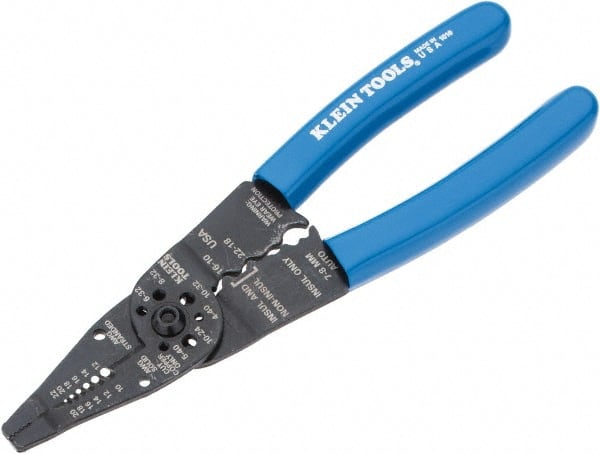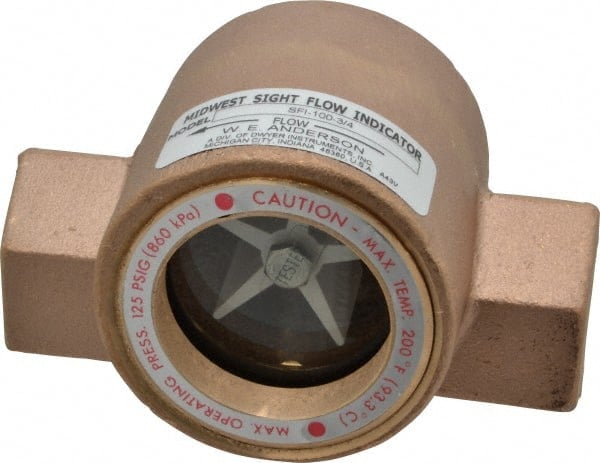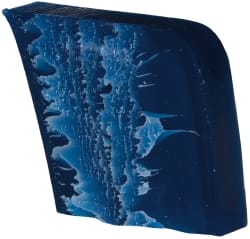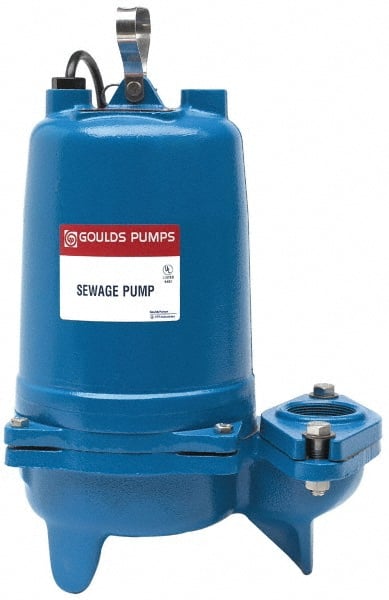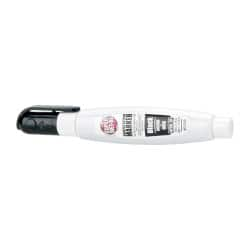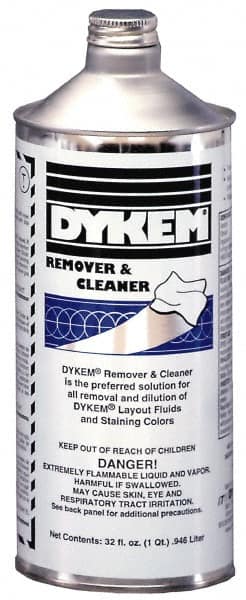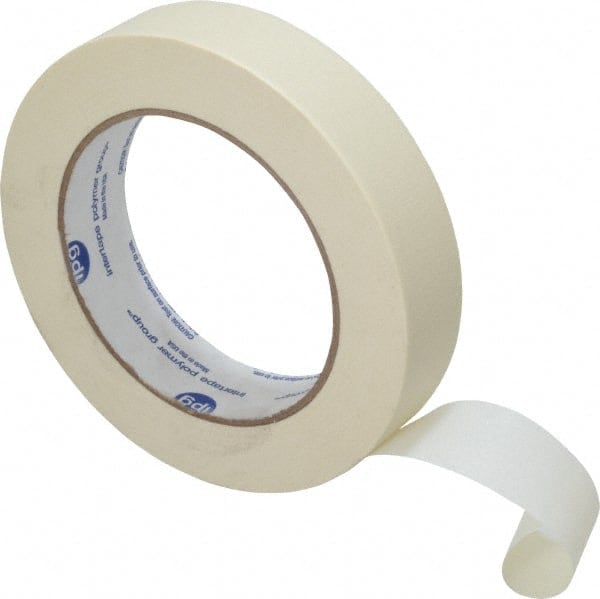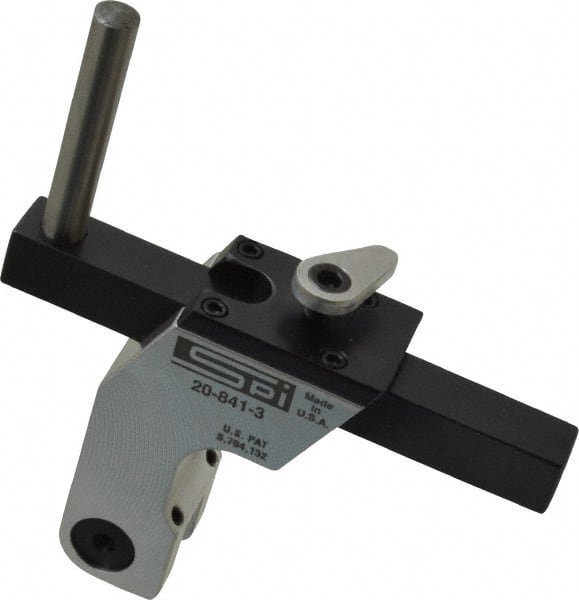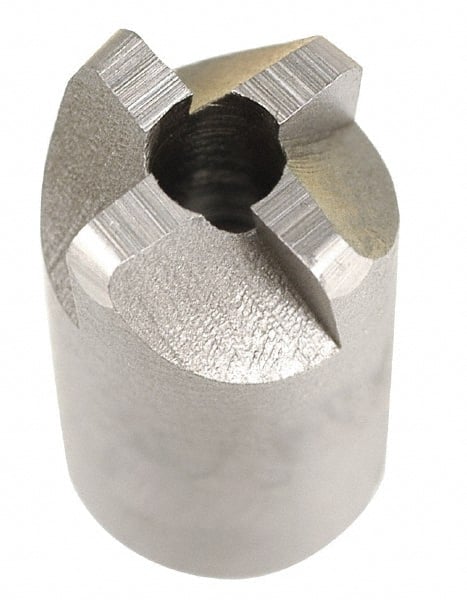Decoding DUNS Numbers: Navigating Business Identification in Government Contracting

1. Introduction
In the intricate web of government contracting, business identification codes play a critical role in connecting entities, streamlining processes, and unlocking opportunities. From the iconic DUNS numbers to the nuanced NAICS, CAGE, and UEI codes, this guide peels back the layers of business identification. Join us on a journey to decode the alphabet soup of identifiers and uncover their impact on modern commerce.
2. Decoding DUNS Numbers
Unveiling the DUNS Identifier
A DUNS (Data Universal Numbering System) number is a unique nine-digit identifier assigned to businesses by Dun & Bradstreet (D&B), a leading global provider of business data and insights. DUNS numbers are used to uniquely identify entities in various business interactions, including government contracting. Each DUNS number provides essential information about the entity, making it an indispensable tool in modern business transactions.
3. Top Organizations Utilizing DUNS Numbers for Contracts
An Echelon of Connectivity
Although Unique Entity Identifiers (UEIs) are prevalent in the federal government, DUNS numbers are instrumental in government contracting, enabling seamless communication and contract management. Organizations such as the Department of Defense, General Services Administration (GSA), NASA, and various federal agencies rely on DUNS numbers to identify and award contracts.
Is the Government Migrating away from DUNS in favor of UEI?
Yes, the U.S. government has been actively transitioning from using DUNS (Data Universal Numbering System) numbers to the Unique Entity Identifier (UEI) as its primary identifier for entities doing business with the federal government. This transition is part of the government's effort to establish its own unique identifier system and reduce reliance on commercial entities like Dun & Bradstreet (D&B), which issues DUNS numbers.
The move towards UEI is driven by several factors, including:
- Independence: The government's shift to UEI allows it to have greater control and sovereignty over the entity identification process. By having its own identifier system, the government reduces its reliance on a single commercial entity and maintains control over the entity data.
- Transparency and Security: UEI provides enhanced transparency and security in managing and validating entity information. This is important for ensuring the accuracy and integrity of the data used in government contracting and procurement.
- Compliance and Regulation: The UEI system aligns with government regulations and policies, making it easier to enforce consistent standards across all federal agencies.
While the government is migrating away from using DUNS numbers as the primary identifier, it's important to note that DUNS numbers are still recognized and used within existing contracts, systems, and interactions. The transition to UEI is a gradual process, and the government has been working to implement the new identifier system while ensuring minimal disruption to ongoing operations.
Entities that wish to do business with the federal government are now required to obtain a UEI through the System for Award Management (SAM), the official government system for entity registration. As the UEI system becomes more established and widely adopted, it is expected to become the standard identifier for all government contracting activities.
In summary, the U.S. government is actively migrating away from using DUNS numbers in favor of the UEI as its primary identifier for entities engaged in government contracting. This transition reflects the government's commitment to enhancing control, transparency, and consistency in its interactions with businesses.
4. Accessing the DUNS Number Database
Navigating the Identifier Universe
To access the complete list of DUNS numbers, entities can engage with Dun & Bradstreet's vast database. This repository offers insights into a multitude of businesses, helping organizations identify potential partners, competitors, and collaborators within the dynamic landscape of commerce.
5. The Assignment of DUNS Numbers
Carving Your Identifier
DUNS numbers are assigned by Dun & Bradstreet, a third-party entity that specializes in business data. When a business registers with Dun & Bradstreet, it undergoes a verification process to ensure accuracy and validity. Upon successful verification, a unique DUNS number is allocated to the business, marking its entry into the global network of commerce.
6. Tracing the Evolution of DUNS Numbers
A Historical Perspective
The history of DUNS numbers dates back to the mid-20th century when Dun & Bradstreet introduced the system to enhance business identification and interactions. Over time, DUNS numbers have evolved from a simple identification tool to a critical component of government contracting, influencing procurement, transparency, and accountability.
7. Quantifying DUNS Number Applications
Balancing Multiplicity
While businesses can possess multiple DUNS numbers, there are limitations to prevent misuse. Organizations are typically allowed a certain number of active DUNS numbers. This limitation encourages strategic use, ensuring that each DUNS number accurately represents a distinct aspect of the business.
8. Government Forms and Portals Mandating DUNS Numbers
A Crossroads of Data
Government forms and portals often require entities to provide their DUNS numbers as part of the registration and contracting process. Accurate DUNS number submission ensures seamless communication, accurate contract awarding, and alignment with procurement regulations.
9. Strategic Alignment of DUNS Numbers
Choosing with Precision
Selecting the appropriate DUNS numbers for your business is a strategic decision that can significantly impact your engagement in government contracting and business interactions. Accurate alignment between your offerings and DUNS numbers enhances visibility, attracting potential clients, partners, and collaborators seeking specific products or services.
10. Navigating the Perils of Misclassification
The Toll of Misalignment
Misclassifying your products or services under incorrect DUNS numbers can lead to missed opportunities and potential setbacks. Inaccurate alignment can hinder market analysis, distort industry data, and exclude businesses from valuable government contracts. Strategic DUNS number assignment is crucial to avoid these pitfalls and position businesses for success.
11. DUNS Numbers in Government Contracting
Gateways to Contracts
DUNS numbers are instrumental in government contracting, serving as gateways to opportunities, collaborations, and partnerships. Government agencies utilize DUNS numbers to identify, evaluate, and award contracts to entities that align with their needs. Accurate DUNS number representation enhances transparency and efficiency in the procurement process.
12. Seizing Opportunities: The DUNS Connection
Unleashing Potential
Entities that lack DUNS numbers risk missing out on valuable opportunities within government contracting and the broader business landscape. DUNS numbers not only facilitate interactions but also symbolize credibility, transparency, and readiness to engage in meaningful partnerships.
13. Precision in DUNS Number Assignment for Products
Beyond Organizations
DUNS numbers can also be applied to individual products or services, offering a nuanced level of identification. Assigning specific DUNS numbers to products ensures precise categorization, simplifies procurement processes, and enhances communication between suppliers and buyers.
14. Meaning of each DUNS Character
A DUNS (Data Universal Numbering System) number is a unique nine-digit identifier assigned to businesses by Dun & Bradstreet (D&B). Each digit in a DUNS number holds specific significance, contributing to the overall structure of the identifier. Here's what each digit in a DUNS number represents:
- Digits 1-2: Geographic Location Identifier: The first two digits of a DUNS number represent the geographic location of the business. This information provides insight into the location where the business is registered. These digits help categorize businesses based on their global or regional presence.
- Digits 3-6: Entity Identifier: The following four digits represent the unique entity identifier. This part of the DUNS number is specific to each individual business and distinguishes it from other entities. It is used to uniquely identify the business within the D&B database.
- Digit 7: Reserved Digit: The seventh digit is reserved and does not have a specific meaning. It is typically set to 9 and does not convey any significant information.
- Digits 8-9: Check Digit: The last two digits are the check digits, calculated using a specific algorithm to validate the accuracy of the entire DUNS number. These digits help ensure that the DUNS number is entered correctly and that no errors have occurred during data entry or transmission.
In summary, a DUNS number consists of nine digits, each serving a distinct purpose in conveying information about the business. The combination of these digits creates a unique identifier that provides insight into the geographic location, entity identification, and validation of the DUNS number. This structured format ensures that each DUNS number is distinctive and accurately represents the business within the D&B database and beyond.
15. Understanding the Distinction Between DUNS and UEI: Government's Shift and Relevance
The landscape of government contracting and business identification has witnessed a significant transformation with the introduction of the Unique Entity Identifier (UEI) as a successor to the Data Universal Numbering System (DUNS). This evolution has raised pertinent questions about the differences between these identifiers, the rationale behind the migration, their current usage by the government, and the scope of UEI's applicability. Let's explore these aspects in detail.
DUNS and UEI: The Distinctive Characteristics
DUNS (Data Universal Numbering System): DUNS numbers, developed by Dun & Bradstreet (D&B), have been the long-standing identifier used to uniquely identify businesses in various interactions, including government contracting. They consist of nine digits and provide insights into the geographic location and unique entity identification.
UEI (Unique Entity Identifier): UEI emerged as a response to the government's initiative to establish its own unique identifier system, independent of commercial entities like D&B. The UEI is a 12-character alphanumeric code that provides a unique identification for entities doing business with the federal government.
The Migration Rationale: Why Government Shifted to UEI
The shift from DUNS to UEI was driven by several factors:
- Independence: The government aimed to establish its own identifier system to reduce reliance on commercial entities and ensure sovereign control over entity identification.
- Transparency and Security: The transition to UEI offered the government greater transparency and security in managing and validating entity information.
- Compliance and Regulation: The UEI system aligned with government regulations and policies, enhancing consistency and compliance across agencies.
Government Usage: DUNS and UEI
DUNS: While the government transitioned to UEI as its primary identifier, DUNS numbers continue to be recognized and used within existing systems, contracts, and interactions. They may still play a role in certain government processes.
UEI: The UEI has become the primary identifier for entities engaging in government contracting. It is assigned by the System for Award Management (SAM), a government system that manages entity registration for government contracting purposes.
Scope of UEI: Beyond the Federal Government?
The UEI is primarily relevant to the federal government and its interactions with businesses in the realm of government contracting. While its main focus is on federal agencies, it's worth noting that some state and local governments may also adopt UEI or similar identifiers for their procurement processes.
In summary, the transition from DUNS to UEI marks a significant milestone in the evolution of entity identification in government contracting. While DUNS numbers still hold recognition, UEI has emerged as the primary identifier, offering greater control, transparency, and alignment with government regulations. While UEI's primary relevance is within the federal government, its impact and adoption may extend to state and local governments as well, enhancing consistency and efficiency in procurement practices.
16. Getting Started in Federal contracting - DUNS Still Required?
While the U.S. government has been transitioning from using DUNS (Data Universal Numbering System) numbers to the Unique Entity Identifier (UEI) for federal contracting, there are still considerations for businesses that are just getting started in federal contracting and are primarily focused on government work. Here are some factors to consider:
- Current Requirements: As of now, some government systems and processes still recognize and use DUNS numbers. While the transition to UEI is ongoing, it's possible that certain interactions, contracts, or systems might still require a DUNS number. It's important to research the specific requirements of the agencies or contracts you plan to work with.
- Future-Proofing: While your primary focus may be on government contracts and you don't plan on doing work outside of the government, circumstances can change over time. If you anticipate the possibility of expanding your business activities or collaborating with non-government entities in the future, having a DUNS number could be beneficial.
- Industry Norms: Many businesses across various industries use DUNS numbers for identification and verification purposes, not just in government contracting. Having a DUNS number can provide a level of credibility and recognition, even beyond government work.
- Supplier and Partner Requirements: If you plan to work with larger prime contractors or suppliers, they might have their own requirements for business identification. Having a DUNS number could align with their expectations and streamline partnership agreements.
- Alignment with Existing Systems: Some business systems and processes within your organization might already be set up to accommodate DUNS numbers. Using a DUNS number could help maintain consistency within your internal operations.
- Ease of Transition: Obtaining a DUNS number is relatively straightforward and can be useful during the transition period while the government fully adopts UEI. This could prevent any potential delays or challenges in engaging in federal contracting activities.
In summary, while the government is transitioning to UEI as the primary identifier for federal contracting, there are still potential benefits to obtaining a DUNS number, especially if you're just getting started in federal contracting and don't plan on working outside of the government. It's a good idea to assess your specific situation, future plans, and any potential partner or agency requirements before making a decision.
17. Difference between NAICS, CAGE, DUNS and UEI - In Simple Terms
In simple terms, these codes and numbers help businesses talk to the government and other businesses. CAGE codes help the government know who you are, NAICS codes help describe what you do, DUNS numbers are like your business's ID, and UEI is the government's way of saying, "Hey, let's work together!" Just sign up for them, and you'll be all set to start business adventures! Here's a little more info...
CAGE Codes:
Main Purpose: CAGE (Commercial and Government Entity) codes help the government identify and track businesses for contracting purposes. They are important for businesses that want to work with the government, as they're like a special code that opens the door to government contracts.
How to Obtain: To get a CAGE code, you need to apply through the Defense Logistics Agency (DLA). You can do this by registering in the System for Award Management (SAM) system. SAM is like a big club where businesses sign up to show they're ready to do business with the government. When you're in the club (registered in SAM), you'll automatically get your CAGE code.
NAICS Codes:
Main Purpose: NAICS (North American Industry Classification System) codes are like labels for businesses. They help classify what kind of products or services a business offers. They are important for businesses to find customers, and for the government to know what you're good at when they want to buy something.
How to Obtain: You don't really "get" NAICS codes; you pick the ones that best match what your business does. You can find a list of NAICS codes online and choose the ones that describe your business activities the best. When you're signing up for things like government contracts, you'll use the NAICS codes that match your business.
DUNS Numbers:
Main Purpose: DUNS (Data Universal Numbering System) numbers are like your business's ID number. They help people know who you are and that you're a real and legitimate business. DUNS numbers are important for businesses that want to work with the government or other companies because it's like showing your ID card.
How to Obtain: DUNS numbers are assigned by a company called Dun & Bradstreet. You can apply for a DUNS number for free on their website. Just provide some information about your business, and they'll give you your unique DUNS number.
UEI:
Main Purpose: UEI (Unique Entity Identifier) is the new kid on the block. It's the government's way of giving businesses a special code to work with them. UEI helps the government know who you are and what you're doing for them.
How to Obtain: To get a UEI, you need to register in the System for Award Management (SAM) system, just like for a CAGE code. When you're registered, you'll automatically get a UEI. It's like getting a backstage pass to work with the government.
Conclusion
As we conclude our exploration of DUNS numbers, NAICS codes, CAGE codes, and UEI, it's evident that these identifiers form the foundation of transparent, efficient, and strategic business interactions. In the realm of government contracting, their importance cannot be overstated. From carving your business's unique identifier to seizing opportunities and avoiding misclassification pitfalls, these codes are the keys to success in the complex world of commerce. Whether you're a newcomer to federal contracting or a seasoned player, understanding and harnessing these identifiers will undoubtedly shape your journey toward growth, collaboration, and achievement.
Product Recommendations
We hope you enjoyed this overview of DUNS and the relevance in government contracting. Now, here are some product recommendations from GoVets.











